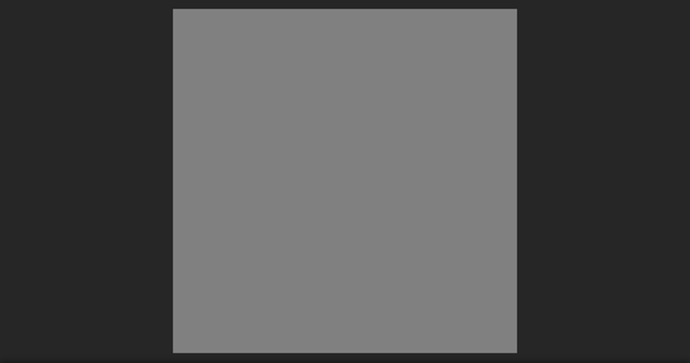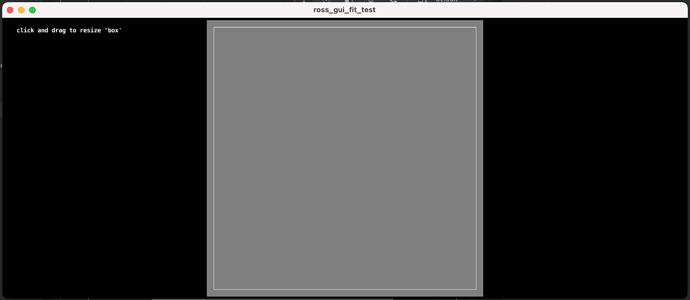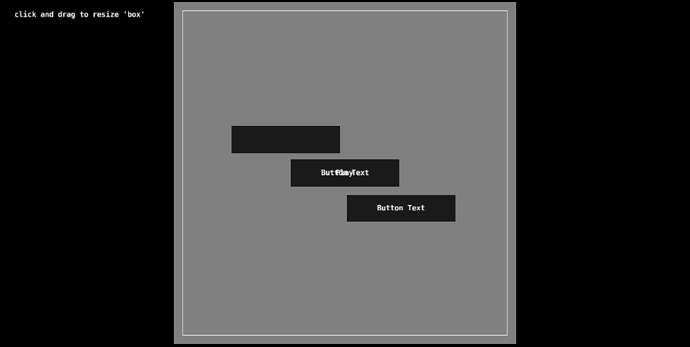I had the very same problem and have written a module that I have used successfully in my last app.
All children stay exactly where they are supposed to be.
Total Lua-newbie here, what do you folks think about my solution?
--[[
This module provides one way to scale a Gui scene to use as much screen estate as possible.
Useful for adapting to different screen sizes or when the user resizes the window on a Desktop.
Put all content as children in one box (the root) and scale this box.
Set "adjust mode" of the Gui scenes concerned to "disabled".
Use in init when no resizing can occur (Mobile), use when a resized window is detected (Desktop).
Tested on Android, Windows and Manjaro Linux (I have not got a Mac, but I expect it works as well).
]]
local M = {}
-- variables for the box
local box
local box_width
local box_height
local box_dimensions
-- variables for the target device/window
local target_width
local target_height
-- variables for the scaling factors
local scale_width
local scale_height
-- variables for the center of the device screen
local window_center_x
local window_center_y
function M.scalefactor()
-- get the box node and its dimensions
box = gui.get_node("box")
box_dimensions = gui.get_size(box)
box_width = box_dimensions.x
box_height = box_dimensions.y
-- get the device screen/window, its dimensions and its center
target_width, target_height = window.get_size()
window_center_x = target_width / 2
window_center_y = target_height / 2
-- calculate the scaling factors
scale_width = target_width / box_width
scale_height = target_height / box_height
-- if the screen/window is wider than tall, the box can use the full height available
-- so use the height factor for scaling, then center the box
if scale_width >= scale_height then
gui.set_scale(box, vmath.vector3(scale_height, scale_height, 0))
gui.set_position(box, vmath.vector3(window_center_x, window_center_y, 0))
end
-- if the screen/window is higher than wide, the box must respect the width,
-- so use the width factor for scaling, then center the box
if scale_width < scale_height then
gui.set_scale(box, vmath.vector3(scale_width, scale_width, 0))
gui.set_position(box, vmath.vector3(window_center_x, window_center_y, 0))
end
end
return M
here it is in a small demo:
scalingtestLandscape.zip (4.7 KB)
Oh, forgot Apple-support. Have uploaded new zip











